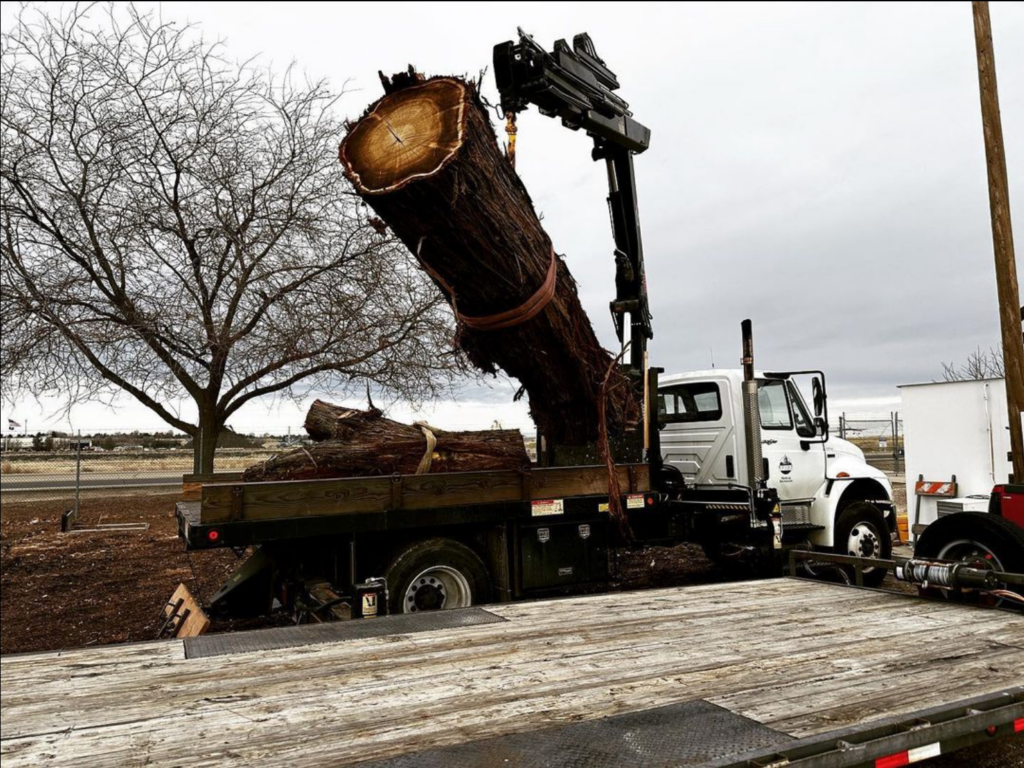
Salvaging trees is the process of recovering usable wood from trees that have been damaged by storms, insects, diseases, or fires. Salvaging trees can have many benefits for the environment, the economy, and the community. In this blog post, we will explore some of the reasons why salvaging trees is important and how you can get involved.
One of the main benefits of salvaging trees is that it reduces greenhouse gas emissions. When trees die, they release carbon dioxide into the atmosphere as they decompose. This contributes to global warming and climate change. By salvaging trees, we can prevent some of this carbon dioxide from escaping and use it for other purposes, such as building materials, furniture, or firewood. According to a study by the University of New Hampshire1, salvaging dead trees can result in long-term greenhouse gas benefits that balance the short-term excess emissions from harvesting and processing the wood.
Another benefit of salvaging trees is that it supports the local economy and creates jobs. Salvaging trees provides income for loggers, millers, carpenters, and other workers who are involved in the wood industry. It also creates demand for wood products and services, which stimulates the market and encourages innovation. Salvaging trees can also help reduce the costs of forest management and restoration, as it reduces the risk of wildfires and pest outbreaks.
A third benefit of salvaging trees is that it enhances the beauty and health of the forest. Salvaging trees can improve the aesthetic value of the landscape by removing unsightly dead or damaged trees. It can also improve the ecological value of the forest by creating openings for new growth, increasing biodiversity, and restoring natural processes. Salvaging trees can also protect public safety by reducing hazards such as falling branches or power lines.
If you are interested in salvaging trees, there are several ways you can get involved. You can contact your local forestry agency or extension office to find out if there are any salvage operations in your area. You can also look for local sawmills or woodworkers who can process and use salvaged wood. You can also support organizations that promote sustainable forest management and conservation.
Salvaging trees is a valuable practice that can benefit both people and nature. By recovering usable wood from damaged trees, we can reduce greenhouse gas emissions, support the local economy, and enhance the forest environment. Salvaging trees is a way of honoring the life and legacy of these majestic plants that provide us with so many benefits.
